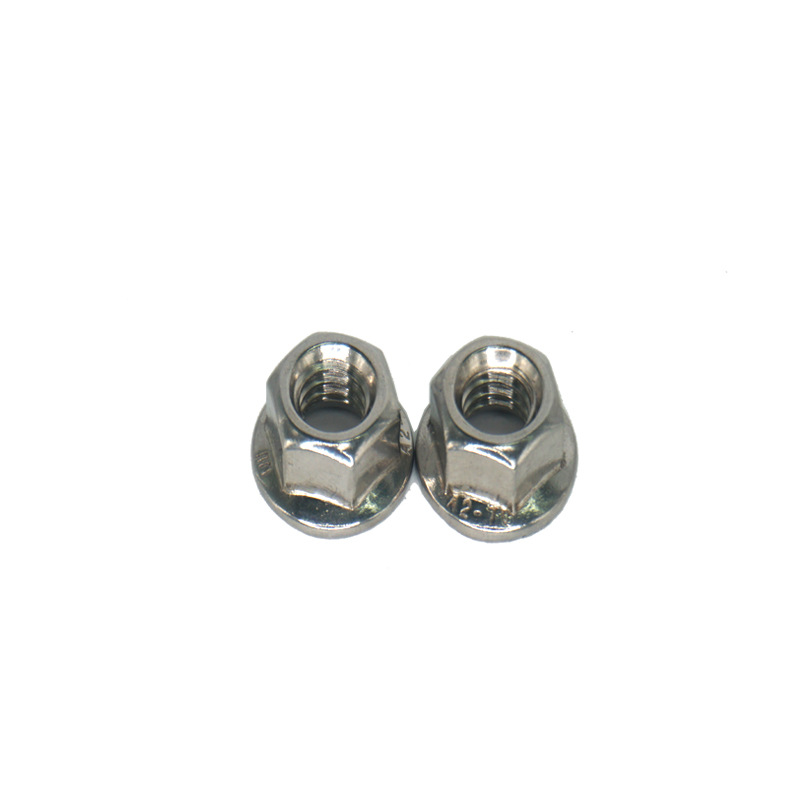

Understanding the Functionality and Applications of Washer and Spring Washers in Mechanics
Oct . 31, 2024 19:20 Back to list
Understanding the Functionality and Applications of Washer and Spring Washers in Mechanics
Understanding Washer and Spring Washer Their Importance and Applications
In mechanical engineering and construction, small components often play a crucial role in ensuring structural integrity and reliability. Among these components, washers and spring washers are essential fasteners that provide various functionalities in numerous applications.
What is a Washer?
A washer is a thin plate, often circular, with a hole in the center that is used to distribute the load of a threaded fastener, such as a screw or bolt. By providing a smooth surface for the fastener head or nut to bear against, washers help to prevent damage to the workpiece material. Additionally, they can serve to distribute the load over a wider area, reducing the risk of stress concentrations that could lead to material failure. Washers come in various materials, including metal, plastic, and rubber, catering to different environmental conditions and performance requirements.
Washers can be categorized into several types
1. Flat Washers The most common type, flat washers help to spread load and protect surfaces from wear and damage. 2. Lock Washers These washers are designed to prevent fasteners from loosening due to vibration or movement. They provide a locking mechanism such as teeth or a split design.
3. Fender Washers With a larger outer diameter than standard flat washers, fender washers provide a greater surface area to distribute load, making them suitable for lightweight materials.
What is a Spring Washer?
A spring washer is a specific type of washer that is designed with a spring-like profile, typically with a helical shape. This design enables the washer to exert a compressive force when installed, which helps maintain tension on the fastener. Spring washers are particularly valuable in applications where vibrations, dynamic loads, or thermal expansion and contraction are present.
washer spring washer

Spring washers come in various designs, such as
1. Compression Spring Washers These are used to absorb shock and reduce the risk of loosening fasteners in dynamic applications.
2. Belleville Washers Also known as disc springs, they can provide a significant load in a compact form and are often used in high-pressure applications.
3. Wave Washers These provide a lower degree of stiffness and are typically used for applications that require lower spring rates.
Applications of Washers and Spring Washers
Both washers and spring washers have a wide range of applications across different fields. In automotive manufacturing, these components are vital for securing parts within engines and drive assemblies, ensuring reliability under various operating conditions. In construction, washers are commonly used in structural steel connections, machinery, and furniture assembly, where load distribution and connection integrity are critical.
In electronics, spring washers often find their place in circuit boards, providing stability and protection against thermal stress. Their ability to maintain tension helps ensure that components remain securely in place, preventing performance issues or failures.
Conclusion
Washers and spring washers may be small components, but their role in engineering and construction cannot be overstated. They provide essential functions such as load distribution, vibration resistance, and protection against fastener loosening. Understanding their types, uses, and applications is crucial for anyone involved in design, manufacturing, or assembly processes. As technology advances, the development of innovative materials and designs for washers and spring washers continues to enhance their performance and applicability in demanding environments.
Latest news
-
High-Strength Hot Dip Galvanized Bolts - Hebei Longze | Corrosion Resistance, Customization
NewsJul.30,2025
-
Hot Dip Galvanized Bolts-Hebei Longze|Corrosion Resistance&High Strength
NewsJul.30,2025
-
High-Strength Hot-Dip Galvanized Bolts-Hebei Longze|Corrosion Resistance&High Strength
NewsJul.30,2025
-
Hot Dip Galvanized Bolts-Hebei Longze|Corrosion Resistance&High Strength
NewsJul.30,2025
-
Hot Dip Galvanized Bolts - Hebei Longze | Corrosion Resistance, High Strength
NewsJul.30,2025
-
High-Strength Hot Dip Galvanized Bolts-Hebei Longze|Corrosion Resistance, Grade 8.8
NewsJul.30,2025

